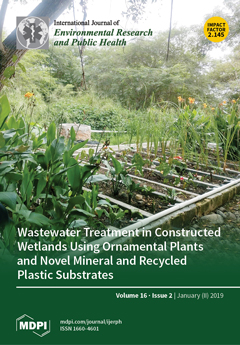Adolescents spend significant amounts of time engaged in various types of sedentary behaviour (SB). This study examined associations between adolescents’ objectively measured sedentary time, sitting time, specific self-reported SBs and social connectedness. Adolescents (
n = 429, 15.5 years, 41% male) completed an
[...] Read more.
Adolescents spend significant amounts of time engaged in various types of sedentary behaviour (SB). This study examined associations between adolescents’ objectively measured sedentary time, sitting time, specific self-reported SBs and social connectedness. Adolescents (
n = 429, 15.5 years, 41% male) completed an online survey reporting time in seven SBs (TV/videos/DVDs, computer/video games, internet, homework, reading, car and bus travel; examined individually and summed for screen time and total SB), and social connectedness using the eight-item Social Connectedness Scale. A subsample (
n = 353) also wore an ActiGraph GT3X+ (model GT3X+, Pensacola, FL, USA) accelerometer to measure sedentary time (<100 cpm) and
n = 237 wore an
activPAL (PAL Technologies Ltd., Glasgow, Scotland) inclinometer to measure sitting time. Multiple linear mixed models determined associations between each SB variable and social connectedness, adjusting for confounders. Adolescents spent on average 7.8 h/day in self-reported total SB, 4.4 h/day in screen time, 9.1 h/day in ActiGraph-measured sedentary time, and 9.5 h/day in
activPAL-measured sitting time. After adjusting for age, sex and area level socioeconomic status, total SB (−0.24, 95%CI: −0.37, −0.11), screen time (−0.23, 95%CI: −0.41, −0.05) and two individual SBs (computer/video games (−1.07, 95%CI: −1.53, −0.60), homework (−0.61, 95%CI: −1.04, −0.18) were negatively associated with social connectedness. There were no associations with the objective measures. The relationships may be bi-directional; therefore, future research should involve longitudinal designs and explore other potential contributing factors.
Full article





